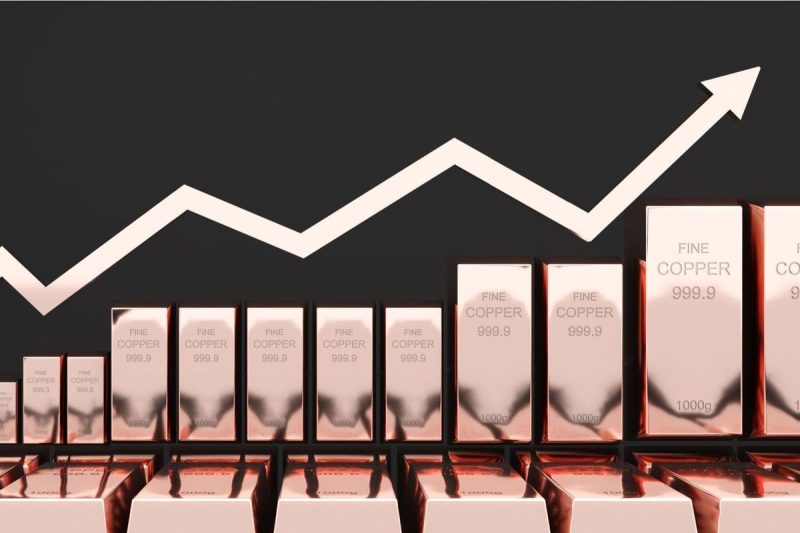Investing in Copper: A Comprehensive Guide
Supply and Demand Dynamics of Copper
One of the primary factors to consider when investing in copper is understanding the supply and demand dynamics of the metal. Copper is an essential resource in various industries, including construction, electronics, and transportation. As global demand for these products continues to rise, so does the need for copper.
On the supply side, copper production is influenced by a variety of factors such as geopolitical stability, labor disputes, and technological advancements in mining. Any disruptions in copper mining operations can lead to fluctuations in supply, affecting prices in the market.
Investing in Copper Stocks
One way to gain exposure to copper as an investment is through copper mining companies. These companies are involved in the exploration, extraction, and production of copper ore. When investing in copper stocks, it’s essential to research the company’s financial health, growth prospects, and exposure to geopolitical risks.
Another option is to invest in copper exchange-traded funds (ETFs), which provide investors with a diversified portfolio of copper-related assets. ETFs offer a more accessible and cost-effective way to invest in copper without the need to buy individual stocks.
Physical Copper Investments
For investors looking to have direct ownership of copper, physical copper investments such as copper bars or coins are an option. Owning physical copper allows investors to hedge against inflation and diversify their portfolio with a tangible asset.
However, investing in physical copper comes with its challenges, including storage and liquidity issues. Investors need to consider these factors before deciding to invest in physical copper.
Copper Futures and Options
Copper futures and options provide investors with another way to gain exposure to copper prices. Futures contracts allow investors to speculate on the future price of copper, while options contracts provide the right, but not the obligation, to buy or sell copper at a specified price.
Trading copper futures and options requires a good understanding of the copper market and the ability to manage risk effectively. Investors should be aware of the inherent volatility in commodity markets and use appropriate risk management strategies.
Conclusion
Investing in copper offers investors a way to diversify their portfolio and benefit from the increasing demand for this essential metal. Whether through copper mining stocks, ETFs, physical copper, or futures and options, there are various ways to participate in the copper market. By understanding the supply and demand dynamics of copper and conducting thorough research, investors can make informed decisions to achieve their investment goals.
